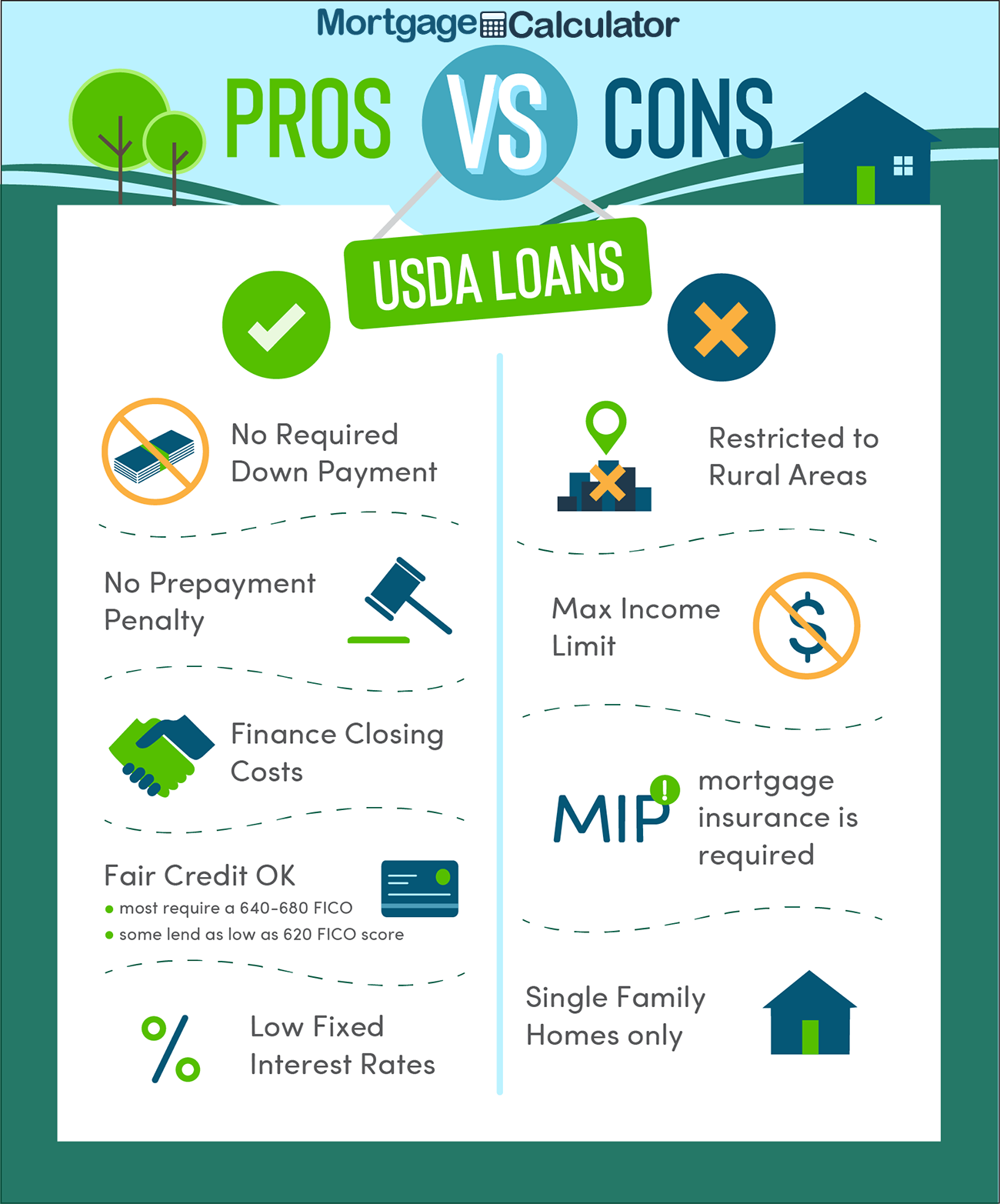Expert Tips for Getting Conventional Mortgage Loans with Affordable Rates
Expert Tips for Getting Conventional Mortgage Loans with Affordable Rates
Blog Article
The Crucial Variables to Take Into Consideration When Picking In Between Fixed-Rate and Variable-rate Mortgage Car Loans
When examining home loan options, borrowers deal with a pivotal decision in between fixed-rate and adjustable-rate fundings, each offering distinct advantages and prospective challenges. Trick considerations such as rates of interest security, predictability in month-to-month settlements, and the effects of potential rate adjustments can considerably affect long-lasting monetary health and wellness. Understanding the anticipated duration of homeownership and the overall cost of loaning can form one's approach. As these aspects link with individual economic scenarios and take the chance of tolerance, the effects of this selection may not be as uncomplicated as they seem. What subtleties should be prioritized in this important decision-making procedure?
Rate Of Interest Rate Security
When choosing a mortgage, comprehending interest rate stability is important for informed decision-making. Rate of interest can considerably influence the general price of a home loan, and recognizing the nature of these prices is vital for borrowers. Fixed-rate home mortgages supply the benefit of consistent month-to-month repayments over the life of the loan, securing debtors from market changes. This security makes it possible for house owners to prepare their funds with better certainty, as they will not be affected by rising interest prices.
On the various other hand, variable-rate mortgages (ARMs) start with reduced initial rates that might transform occasionally based on market conditions. While this can cause lower settlements originally, it also introduces uncertainty, as debtors might face boosted repayments if interest rates increase. For those considering an ARM, it is crucial to analyze the likelihood of rate changes, the capacity for settlement rises, and the size of the first fixed-rate duration.
Eventually, the option between fixed-rate and adjustable-rate home mortgages depends upon specific threat resistance and monetary scenarios. Recognizing rate of interest rate stability helps borrowers make educated choices that line up with their long-term financial goals.
Month-to-month Settlement Predictability
While consumers commonly focus on rate of interest security, the predictability of monthly repayments is just as vital in the home loan selection process (Conventional mortgage loans). Regular monthly payment predictability plays a crucial role in budgeting and economic planning, as it directly affects a homeowner's capital and general financial health and wellness
Fixed-rate mortgages offer a consistent monthly settlement throughout the life of the funding, permitting consumers to prepare for and plan their expenses efficiently. This stability can be especially beneficial for newbie buyers or those on a set earnings, as it gets rid of the uncertainty connected with varying repayments.
Alternatively, variable-rate mortgages (ARMs) usually feature lower initial settlements that can alter gradually, causing prospective variability in regular monthly commitments. While originally enticing, this changability can complicate monetary preparation, specifically if borrowers do not make up future price adjustments.
Potential Rate Modifications
In the world of adjustable-rate mortgages (ARMs), potential price modifications represent a considerable factor that consumers must thoroughly think about. Unlike fixed-rate home mortgages, where the passion rate remains unchanged for the life of the financing, ARMs are characterized by varying rate of interest that are connected to market indices. This variability can cause considerable modifications in regular monthly settlements, affecting the debtor's monetary planning and budgeting.
Usually, ARMs have a preliminary fixed-rate period during which the interest price is secure. Hereafter duration, nevertheless, the rate adjusts at predetermined intervals-- typically annually. Borrowers must know the margin and index used to calculate these modifications, as they directly influence future rate of interest. Additionally, ARMs often consist of caps that restrict just how much the rate of interest can raise at each change and over the life of the loan, which can give some degree of security against drastic price walks.
Recognizing these prospective adjustments is important for borrowers, as they straight affect lasting repayment commitments. As a result, assessing personal economic scenarios and risk tolerance is essential when making a decision whether an ARM aligns with one's monetary objectives.
Car Loan Term Factors To Consider
Car loan term factors to consider play a critical function in the decision-making process for borrowers picking between adjustable-rate and fixed-rate home loans. The length of the funding term substantially impacts monthly payments, interest prices, and general monetary planning.

Inevitably, debtors should assess their individual scenarios, monetary objectives, and market problems when evaluating the ramifications of loan term options within each home mortgage type.

General Cost of Loaning
The general cost of loaning is an important factor that can substantially affect a debtor's choice between adjustable-rate and fixed-rate mortgages. Fixed-rate home mortgages use predictable month-to-month payments, as the rates of interest remains consistent throughout the funding term. This predictability can bring about lower general prices, especially in a secure or declining rate of interest setting. Borrowers can budget plan effectively, knowing their repayments will certainly not fluctuate.
Alternatively, variable-rate mortgages (ARMs) generally start with lower preliminary prices, causing decreased in advance costs. However, these rates can raise after an initial duration, resulting in potentially greater long-term expenses. Consumers must think about the frequency and extent of price changes, in addition to the general lending duration, to properly examine the monetary ramifications.
Furthermore, the overall cost of loaning includes not only rate of interest rates but additionally costs and various other associated costs, such as shutting expenses and insurance coverage (Conventional mortgage loans). As a result, when reviewing home mortgage alternatives, debtors need to carry out a detailed cost evaluation over the life of the loan. By doing so, they can make an enlightened choice that lines up with their monetary goals and risk tolerance
Final Thought
To conclude, selecting in between adjustable-rate and fixed-rate mortgage financings requires mindful consideration of a number of important factors. Rates of interest security and monthly settlement predictability are critical for effective budgeting, while the capacity for price modifications in ARMs presents economic uncertainty. Furthermore, the awaited duration of homeownership and the general price of borrowing, including rate of interest and connected costs, should line up with specific financial scenarios and risk tolerance. linked here Such a comprehensive analysis will help with educated decision-making in mortgage option.
Trick factors to consider such as passion rate stability, predictability in regular monthly repayments, and the ramifications of prospective rate modifications can dramatically influence lasting monetary wellness. Rate of interest prices can dramatically influence the total price of a home mortgage, and recognizing the nature of these rates is crucial for borrowers. Unlike fixed-rate home loans, where the rate have a peek at this site of interest rate stays unmodified for the life of the funding, ARMs are characterized by changing interest rates that are tied to market indices. Additionally, ARMs typically include caps that restrict how a lot the rate of interest price can increase at each change and over the life of the loan, which can supply some degree of security versus extreme rate walks.
Rate of interest price security and monthly payment predictability are extremely important for effective budgeting, while the capacity for rate modifications in ARMs introduces economic uncertainty.
Report this page